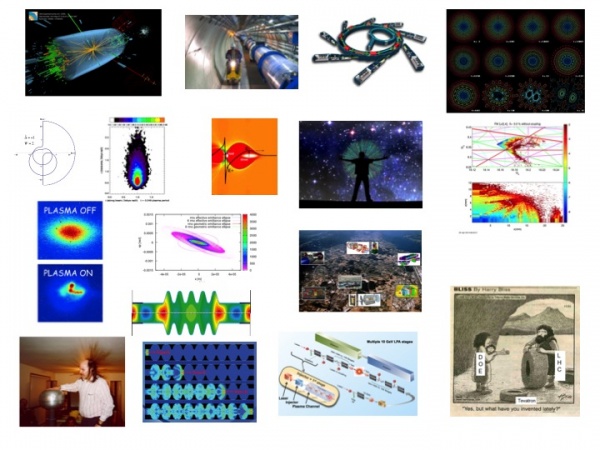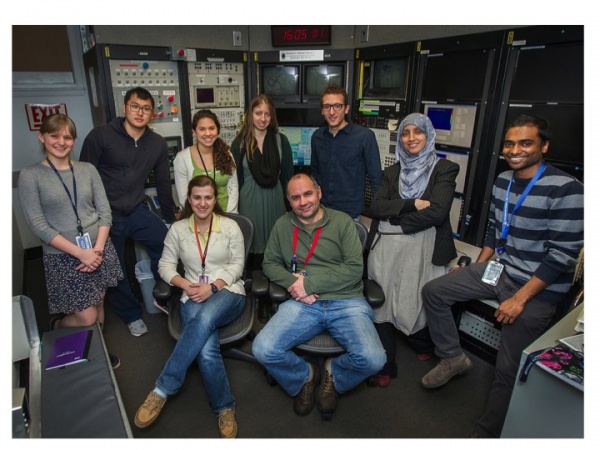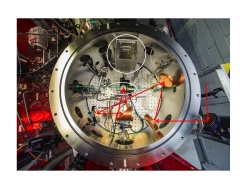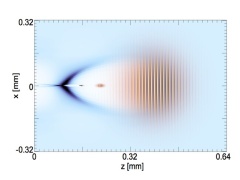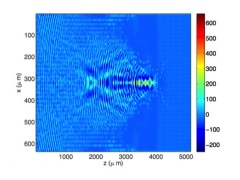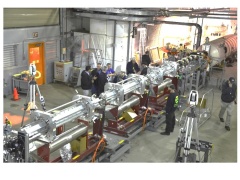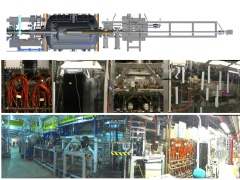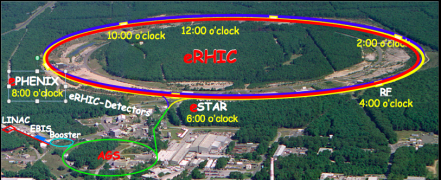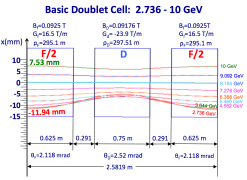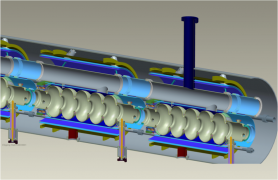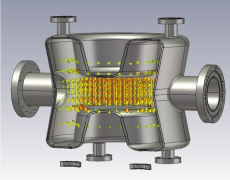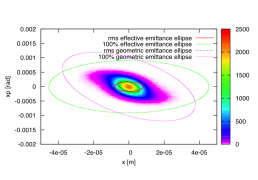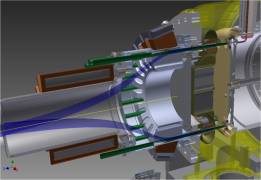Difference between revisions of "Main Page"
(→Research Opportunities) |
(→Research Opportunities) |
||
| Line 93: | Line 93: | ||
<ul> | <ul> | ||
| − | <li><span style="color: red">NEW!!</span>On-campus paid internship position: modeling of superconducting lattice for compact fusion reactor. | + | <li><span style="color: red">NEW!!</span> On-campus paid internship position: modeling of superconducting lattice for compact fusion reactor. |
The Center for Integrated Electric Energy Systems (CIEES) at Stony Brook University has an open position for an on-campus intern. The internship is funded, in part, by TheaEnergy, https://thea.energy/ and CIEES https://www.stonybrook.edu/commcms/ciees/. | The Center for Integrated Electric Energy Systems (CIEES) at Stony Brook University has an open position for an on-campus intern. The internship is funded, in part, by TheaEnergy, https://thea.energy/ and CIEES https://www.stonybrook.edu/commcms/ciees/. | ||
The candidate will develop a semi-analytical numerical model of the qualitative thermal and electrical behavior of 2G-HTS planar magnet geometry for a compact stellarator designed by Thea Energy. The model will evaluate the loss of the superconducting state for both persistent and driven current modes. The mathematical transient Finite Element Analysis (FEA) model is based on a multi-physics scheme that includes an adaptive time step to solve heat balance and electric equations simultaneously. In addition, quench development and powering strategy will be validated using the well-established STEAM-LEDET lumped element code that is currently used for predictive modeling of inductively coupled superconducting coils in, for example, LHC Collider (in collaboration with BNL). The internship is an excellent chance to jump-start a career in applied physics. | The candidate will develop a semi-analytical numerical model of the qualitative thermal and electrical behavior of 2G-HTS planar magnet geometry for a compact stellarator designed by Thea Energy. The model will evaluate the loss of the superconducting state for both persistent and driven current modes. The mathematical transient Finite Element Analysis (FEA) model is based on a multi-physics scheme that includes an adaptive time step to solve heat balance and electric equations simultaneously. In addition, quench development and powering strategy will be validated using the well-established STEAM-LEDET lumped element code that is currently used for predictive modeling of inductively coupled superconducting coils in, for example, LHC Collider (in collaboration with BNL). The internship is an excellent chance to jump-start a career in applied physics. | ||
Revision as of 19:06, 7 March 2024
Center for Accelerator Science and EducationNEW: We proudly offer opportunities in partaking the prestigious Ernest Courant traineeship through CASE and Stony Brook University. Details can be found here and video about ACT can be founds at https://vimeo.com/818731157/b27bad0273 Article about the traineeship: https://news.stonybrook.edu/university/developing-the-next-generation-of-particle-accelerator-talent/
|
